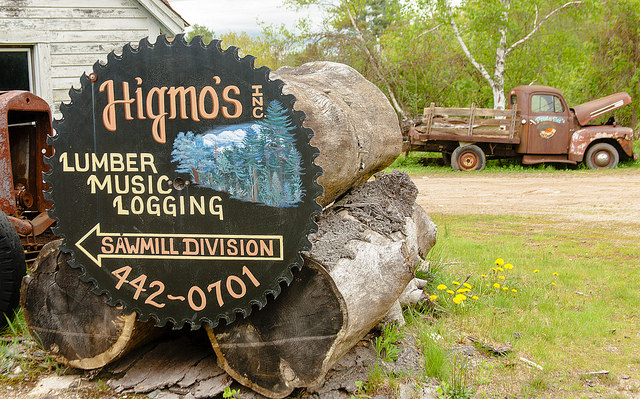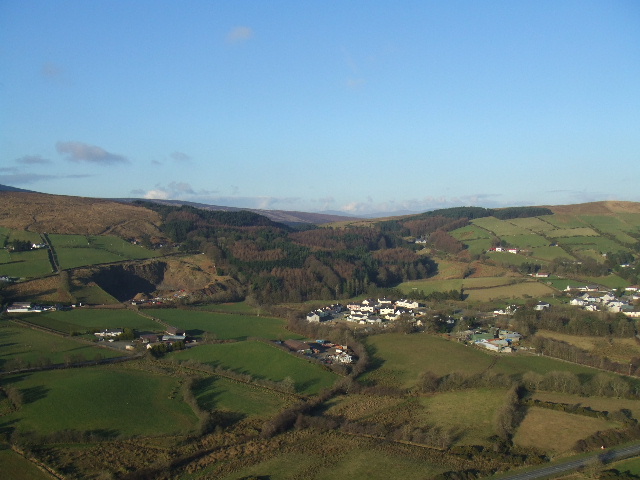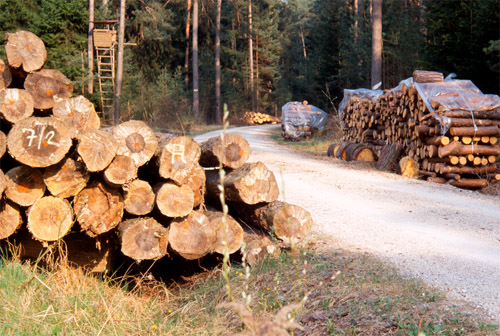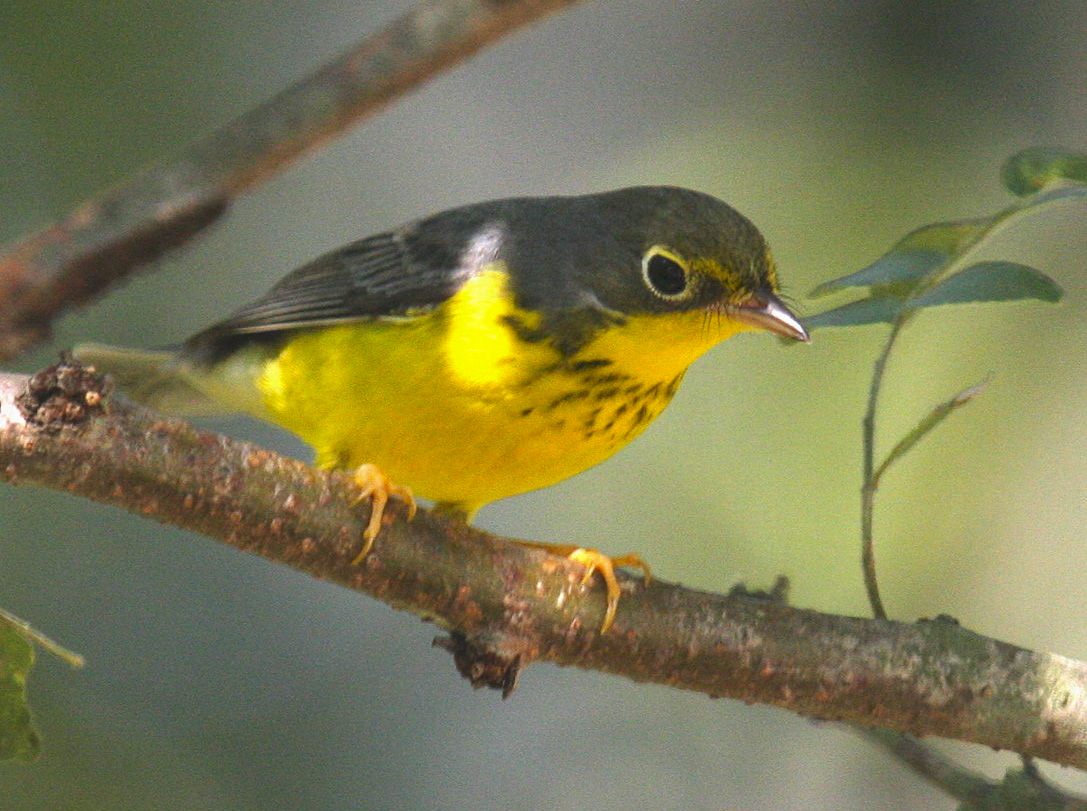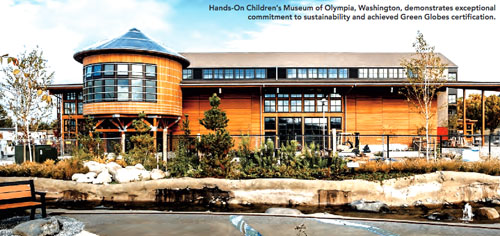
Six years after the death of its creator, a beautiful living work of art comprised of Eastern White Pine trees has emerged from a forest in Ireland. Airline passengers flying into the City of Derry Airport were the first to notice the dramatic display this fall, as the lighter-colored symbol emerged from its darker-hued surroundings. Measuring an amazing 330 feet long by 210 feet wide, the installation in County Donegal is located on the land of Irish forester Liam Emmery.
Before it got noticed and became international news, the cross had been entirely forgotten, with Emmery’s family saying they didn’t even realize it was there. Drone pilots got closer views of the planting, seen in the footage above. This kind of horticultural engineering lasts much longer than a lot of other kinds of land-based art, and the results will be visible for 60-70 years.
“If he was here, we’d all have heard about it because he’d be so proud,” his wife Norma told ITV. “He just loved things to be perfect, and I think the Celtic cross is perfect for him.”

